About Arthritis
As the nation’s #1 cause of disability, arthritis affects nearly 60 million adults and 300,000 children. Over 100 types of arthritis and related conditions damage the joints and often other organs.
How can we assist you?
Helpful Tools for You
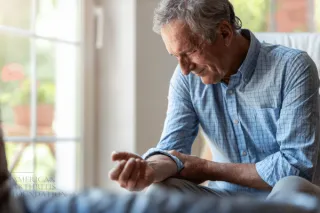
Understanding the 100+ Different Types of Arthritis and Their Specific Treatments: A Complete Guide for Older Adults
If you're reading this because you or someone you love has been dealing with joint pain, stiffness, or has recently been diagnosed with arthritis, take a deep breath. You're joining a community of nea... ...more
Treatment ,About Arthritis Osteoarthritis Rheumatoid Arthritis Psoriatic Arthritis Gout Axial Spondyloarthritis Juvenile Arthritis &Pain Management
June 20, 2025•7 min read

Unlocking the Genetic Link Between Juvenile Idiopathic Arthritis and Eye Inflammation
Juvenile Idiopathic Arthritis (JIA) is the most common type of arthritis in children, affecting thousands of young people worldwide. ...more
Arthritis ,Treatment About Arthritis &Juvenile Arthritis
February 07, 2025•2 min read
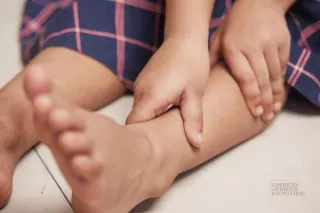
Could Biomarkers Be the Key to Better Juvenile Arthritis Treatment?
When it comes to treating juvenile idiopathic arthritis (JIA), especially the polyarticular course (pJIA), predicting how well a patient will respond to treatment is crucial. ...more
Juvenile Arthritis
August 12, 2024•3 min read
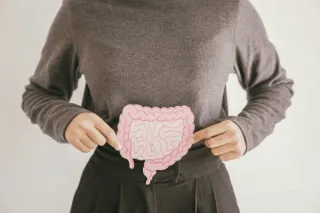
Gut Bacteria and Juvenile Idiopathic Arthritis: A New Frontier in Early Detection
For the first time, scientists have discovered that differences in gut bacteria are associated with the development of juvenile idiopathic arthritis (JIA), an autoimmune disease that affects children ... ...more
Arthritis ,Juvenile Arthritis
March 23, 2024•4 min read
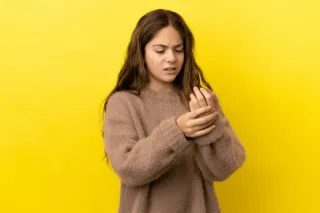
Guiding Your Child Through Understanding Juvenile Arthritis
Helping your child grasp the complexities of Juvenile Arthritis can be challenging. Dive into our guide for strategies and insights on effectively communicating about the condition, ensuring they feel... ...more
Juvenile Arthritis
September 07, 2023•3 min read

Exploring Complementary Approaches for Managing Juvenile Arthritis
When your child has juvenile arthritis, finding holistic and effective relief is paramount. From yoga and acupuncture to dietary changes, discover options that may offer added comfort and enhance over... ...more
Juvenile Arthritis
August 20, 2023•2 min read
Effects of Arthritis
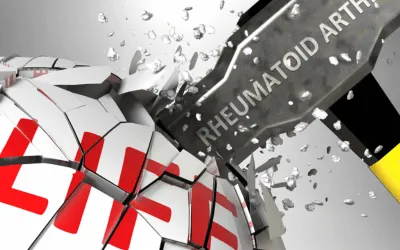
Cause of Disability
In the United States, 23% of all adults, or more than 54 million people, have arthritis. It is a leading cause of work disability, with annual costs for medical care and lost earnings of $303.5 billion.
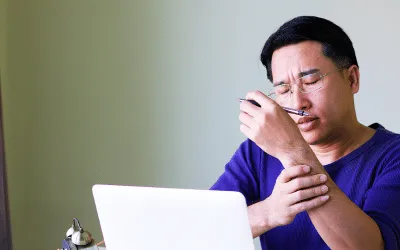
Workforce Effects
Sixty percent of US adults with arthritis are of working age (18 to 64 years). Arthritis can limit the type of work they are able to do or keep them from working at all.
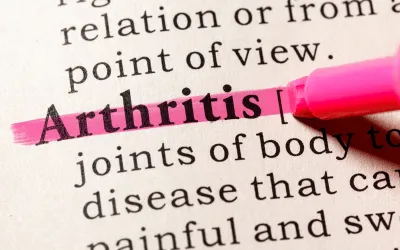
Global Impact
In fact, 8 million working-age adults report that their ability to work is limited because of their arthritis. For example, they may have a hard time climbing stairs or walking from a parking deck to their workplace.
Promoting Interventions That Reduce Arthritis Pain
American Arthritis Foundation recognizes several proven approaches to reduce arthritis symptoms:
Be active. Physical activity—such as walking, bicycling, and swimming—decreases arthritis pain and improves function, mood, and quality of life. Adults with arthritis should move more and sit less throughout the day. Getting at least 150 minutes of moderate-intensity physical activity each week is recommended.
Protect your joints. People can help prevent osteoarthritis by avoiding activities that are more likely to cause joint injuries.
Talk with a doctor. Recommendations from health care providers can motivate people to be physically active and join a self-management education program. Should your arthritis be interfering with your activities of daily living you may be a candidate to receive many new treatments, and learn how to reverse the arthritis condition.


